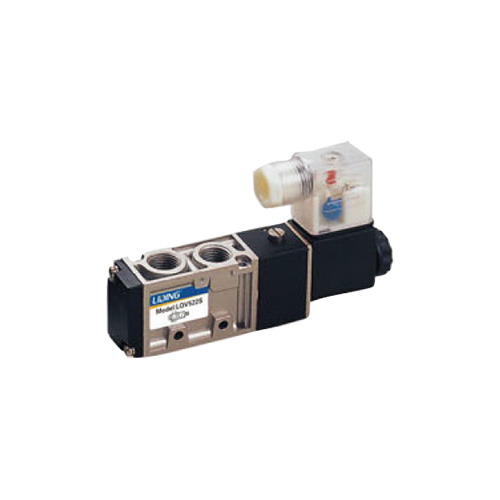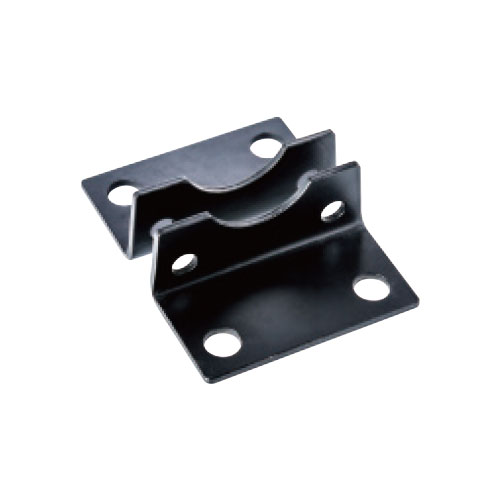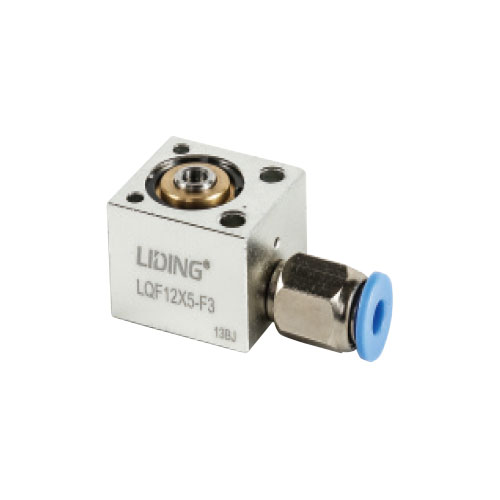Introduction of daily maintenance and maintenance of automatic control valve
With the increasing degree of automation control and wi […]
With the increasing degree of automation control and wider application, automatic control valve is an important unit of factory automation equipment, and its operation status is directly related to the safety, stability and continuity of production. In order to eliminate the serious consequences caused by the sudden situation of individual automatic control valves, the daily maintenance of automatic control valves is particularly important. In this regard, the technical staff of WODE Valve Company in Germany introduced the main daily maintenance of the automatic valve as follows:
1. Air source and air path
For pneumatic control valves, the controlled instrument gas and gas path should be checked monthly. The main maintenance contents are divided into the following aspects:
1. Press the drain button of the filter pressure reducing valve to drain the water in the cup.
2. Clean the filter screen of the filter pressure reducing valve. Turn off the air source, remove the cup body, and then remove the filter screen and use clean water or high-pressure gas to clean it.
3. Check whether the joint of the control air source pipeline is loose and the raw material belt of the threaded part of the joint is aging. Use a wrench to check for looseness; or use foam water to spray the joints and joint threads to check for bubbles overflowing. If there is looseness or air leakage, use a wrench to tighten the nut or replace the raw meal to make it tightly sealed.
2. Power supply and electrical control part
The electrical control circuit of the electric control valve and the automatic control valve should be inspected every month. The main maintenance contents are divided into the following aspects:
1. For the electric control valve, check whether the power line access nut is loose, and if so, use an insulating (or other security measure) screwdriver to re-tighten it.
2. Check whether the power circuit and electrical control circuit are bitten by mice, damaged by external force, and whether the joint is overloaded and ablated. If so, it should be replaced in time.
3. Check whether the access nut of the electrical control circuit is loose, if so, it should be re-tightened in time.
4. Check whether the waterproof seal of the access port of the electrical control circuit is in good condition, and whether there is water or (external leakage) process medium entering. If so, the interface or sealing ring should be replaced in time. Such as water or process medium should be cleaned up in time.
3. The locator (intelligent controller) part
The positioner of the automatic control valve should be checked monthly. The main maintenance contents are divided into the following aspects:
1. Check whether the mounting nut of the positioner is loose, which can be checked with a wrench. If so, you should first check whether the positioner is displaced, or the feedback rod is eccentrically worn. If there is no displacement or eccentric wear, use a wrench to tighten it; if there is, contact the manufacturer or technical personnel for on-site processing.
2. For the mechanical positioner, check whether there is any obstruction or debris at the nozzle. If so, special tools should be used for cleaning.
3. For the mechanical positioner, check whether the adjusting nut is loose. If so, you should first check whether the error value of the positioner is normal. If the error value of the positioner is normal, you can re-tighten it; if the error value is large, you should contact the manufacturer or technical personnel for on-site processing.
4. For the intelligent positioner, the nozzle should be checked according to the manufacturer's instructions.
5. For the intelligent positioner, self-tuning should be carried out once a month according to the manufacturer's manual.
6. For the explosion-proof positioner, it is also necessary to check whether the sealing performance of the junction box meets the requirements of the explosion-proof grade.
4. Solenoid valve, limit switch part
Solenoid valves and limit switches should be inspected monthly. The main maintenance contents are divided into the following aspects:
1. Check whether the wiring crimp nut is loose. If so, re-tighten it.
2. Check the heating condition of the solenoid valve coil. If the heat generation is too large, the cause should be eliminated in time, or replaced directly.
3. Use a stethoscope to check the action of the solenoid valve, and see if there is any abnormal sound. If the action is stuck or abnormal sound, the cause of the fault should be eliminated in time or replaced directly.
4. Check whether the contact action of the limit switch is normal.
5. Actuator part
The actuator should be inspected monthly. The main maintenance contents are divided into the following aspects:
1. Check whether the limit nut is loose, if so, retighten it in time.
2. For pneumatic actuators, check whether the output rod is worn or scratched, and whether the action is stuck.
3. For pneumatic actuators, check the leakage inside and outside the membrane. The main methods are listening, watching or spraying the joint parts with foam water.
4. For pneumatic actuators, use a stethoscope to check the working state of the spring, and identify whether the spring is tipped or broken according to its sound.
5. For electric actuators, check whether the grounding condition is good.
6. For electric actuators, the coil heating should be checked. If the heat generation is too large, the cause should be eliminated in time, or replaced directly.
7. For electric actuators, the gear lubrication should be checked and the lubricating oil should be replenished in time.
8. Check whether the overload setting of the electric actuator drifts, etc.
6. Valve body part
Check the working state of the valve body every month. The main maintenance contents are divided into the following aspects:
1. Check whether the valve mounting bolts are loose.
2. Check whether the packing compression bolts are loose, and if so, tighten them in time.
3. Check whether the packing gland is in the low limit position. If so, it means that the packing is seriously worn, and the packing should be added or replaced in time.
4. Check whether there is any leakage of medium at the stuffing box, if so, tighten the packing or replace the packing in time.
5. Check whether the actuator connecting nut is loose.
6. Check the appearance of the valve body for corrosion, external force damage, etc.
7. Check the internal leakage of the valve. If the internal leakage is serious, the valve trim should be repaired/replaced in time.
8. Check the valve stem for mechanical wear or scratches, and take appropriate measures if necessary.
9. Check the valve action to see if there is any jamming, action jumping, etc.







